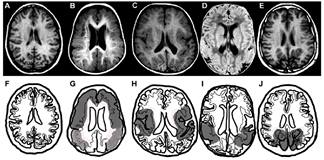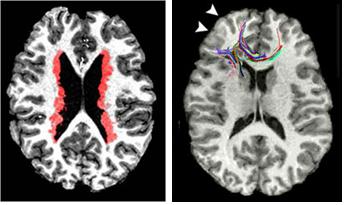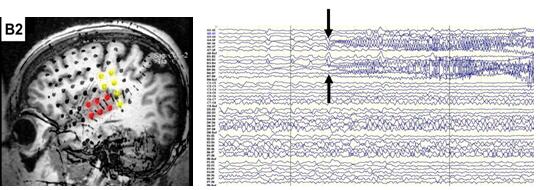Bernard Chang Laboratory
Epilepsy in the Human Brain
Epilepsy, one of the most common neurological conditions in the world, remains medically intractable in an estimated 675,000 Americans. Despite many advances in drug therapy and surgical procedures over the past several decades, the proportion of epilepsy patients who have uncontrolled seizures has unfortunately remained largely the same. The overall goal of our research is to understand better the ways in which epilepsy develops in the human brain and thus allow for new therapies that can eliminate seizures, minimize side effects and risks of therapy, and improve productivity and quality of life.
Malformations of the Cerebral Cortex
Much of our work has been focused on the study of malformations of cortical development, which are human brain disorders present from birth that arise after a disruption in the normal process of cerebral cortex maturation. Cortical malformations are among the most common causes of difficult-to-control epilepsy, accounting for 15-20% of cases, and because of their unique characteristics can serve as important model disorders for research into seizures.
Our Recent Research Projects
In recent years our research has focused on three broad themes:
- The characterization and study of novel cortical malformation syndromes, which can shed light on the genetic basis of cerebral development and contribute to a more precise diagnosis and prognosis for children and adults affected by these disorders.

Multiple forms of polymicrogyria, a common brain malformation
- The investigation of brain volumes, circuitry, and function in patients with misplaced regions of gray matter (heterotopia), which are usually associated with epilepsy and can help us to answer complex questions about the relationship between cerebral structure and function.

Abnormal brain connectivity in Periventricular Nodular Heterotopia
- The analysis of electrophysiological data recorded from patients with epilepsy of various causes, which can allow us to understand changing brain dynamics during seizures and the effect that anatomical malformations have on brain electrical activity.

Recording of seizure from electrodes on the brain surface
We use the following methods and techniques in our research:
- magnetic resonance imaging (MRI) with volumetric analysis, diffusion tensor tractography, and functional imaging
- cognitive analysis of attention, processing speed, reading ability, and other skills
- electroencephalography (EEG) recordings during normal wakefulness, sleep, and episodes of seizures
- transcranial magnetic stimulation (TMS), a painless, noninvasive method of modulating brain activity
